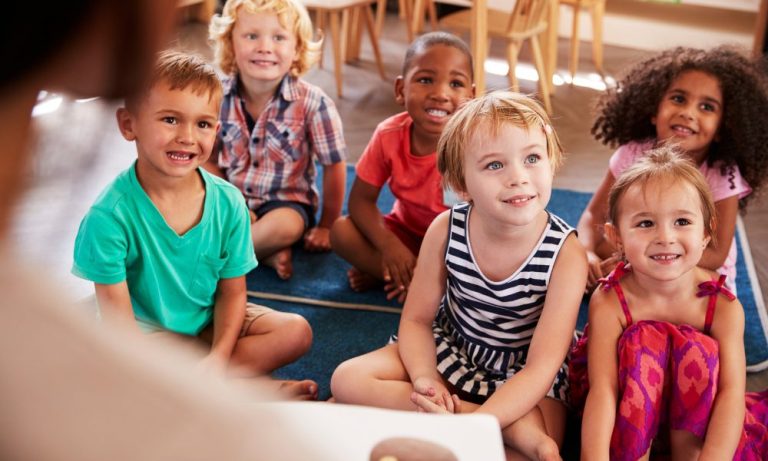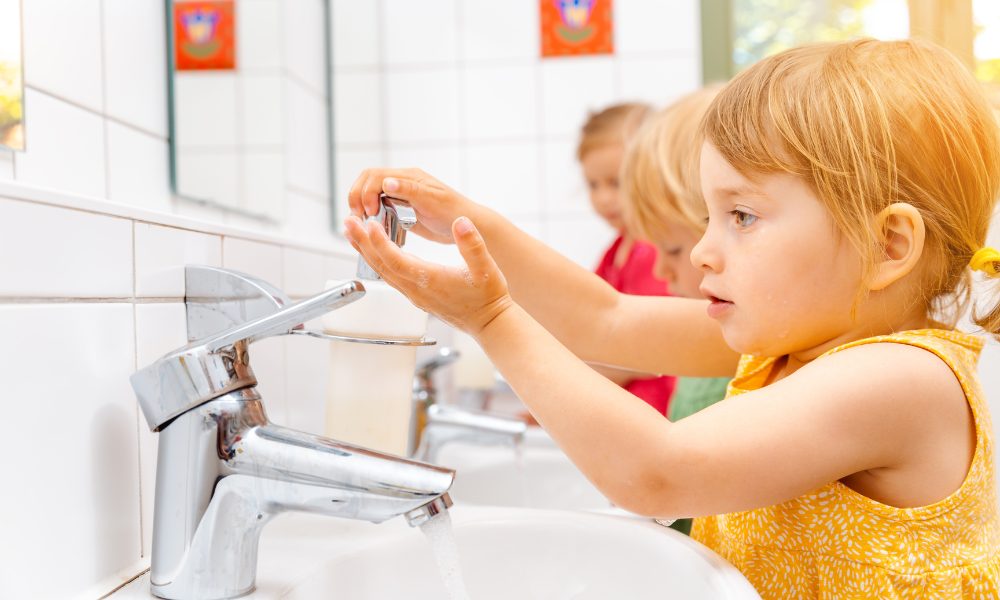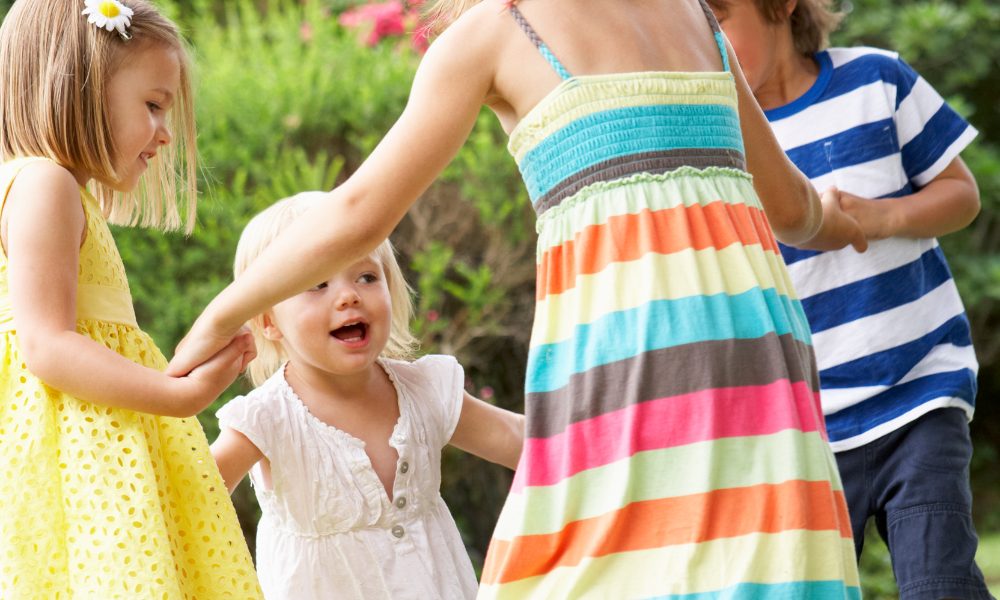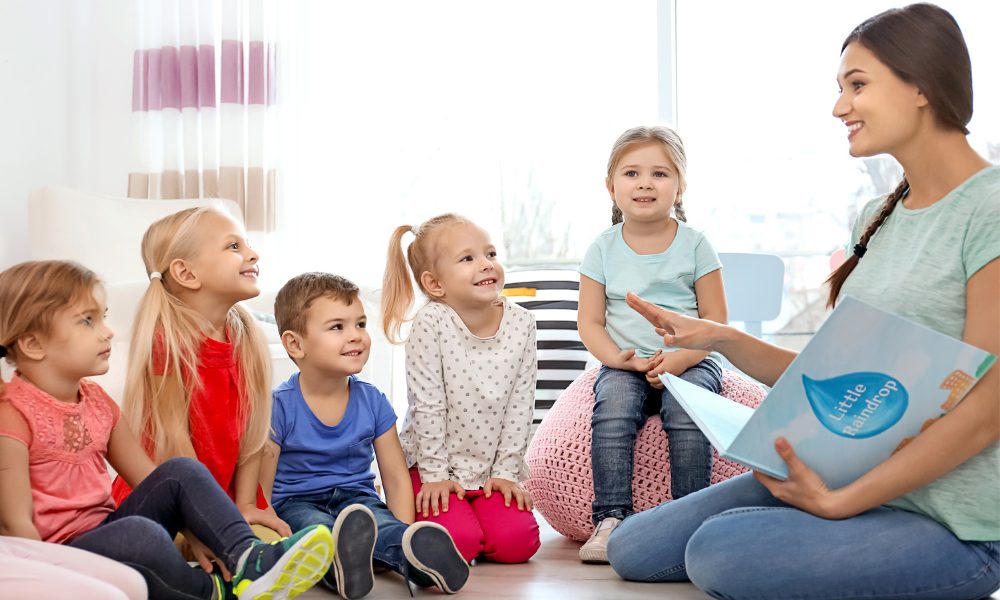Working hours
Mon - Fri: 8am to 5pm
Mon - Fri: 8am to 5pm
Menu
Share

School readiness in Early Years is about so much more for the children you care about than being able to write their names and read a book.
You’ll know that already, and we don’t mean to sound condescending, but we also know (from first-hand experience) that providing an early years service is full-on. Planning, delivery and documentation can take up so much of your time it’s easy to lose focus on the details that make up the bigger picture.
That’s why we’ve written this blog to help refresh your knowledge on school readiness, to help children feel comfortable and confident when transitioning from early years to school.
It’s no surprise that the term ‘school readiness’ means ready for school.
The Early Years Foundation Stage, aka EYFS, defines school readiness as ‘the broad range of knowledge and skills that provide the right foundation for good future progress through school and life’.
Can they use the toilet by themselves? Are they able to put their own clothes on? Do they take turns, wait patiently and share?
These are just some expectations of school readiness. And as an early years provider, it’s your role (alongside parents) to make sure the children you’re caring for are socially, physically and mentally ready to start school and give them the best possible start to more formal education.
When carrying out your early years assessments, the 7 main things indicative of school readiness are…
What is it?
A child’s ability to identify their own thoughts, feelings and emotions and react appropriately.
An example.
When taking turns, the child waits patiently instead of snatching, becoming frustrated or getting upset.
Why’s it important?
Self-regulation helps children to learn, behave well, get along with people and become independent.
What is it?
A child’s cognitive response to what they see, hear, touch, smell and taste.
An example.
At the top of a climbing frame, a child recognises that it’s too far to jump down and safely uses the slide or steps.
Why is it important?
Sensory processing enables children to react to things in a safe, meaningful and consistent way.
What is it?
A child’s ability to understand and gain information from written and spoken language.
An example.
A child independently follows a simple step-by-step hand-washing diagram by the sink to clean their hands.
Why is it important?
Receptive language helps children to understand things correctly and communicate successfully.

What is it?
A child’s ability to communicate their thoughts and feelings to others using a variety of methods.
An example.
You ask a child to show you what sad looks like by using their face. They stick their bottom lip out and pretend to cry.
Why is it important?
Expressive language allows children to express their wants, needs, thoughts and ideas effectively.
What is it?
A child’s ability to use their tongue, lips, teeth and jaw to make sounds which form language.
An example.
A child taps their tongue behind their top front teeth to make a T sound and uses it to say the word toe.
Why is it important?
Articulation enables children to use clear sounds and language with others that are easy to understand.
What is it?
A child’s ability to use speech, movement, body language and play to interact with others.
An example.
A child sees a group of children playing catch and wants to join in. He goes up to them, smiles, asks to play and joins the circle.
Why is it important?
Social skills help children to form positive relationships, leading to better mental health and well-being.

What is it?
A child’s ability to understand that things happen at certain times and follow a routine.
An example.
A child wants to go outside but knows that they have to finish their lunch first, then put on their wellies and coat.
Why is it important?
Planning and sequencing encourage children to perform many everyday tasks with ease, such as self-care routines, prioritising homework and making time to play!
You’ve probably got everything in place that you need to help a child become ready for school, but here’s a quick reminder of some things that may help…

School readiness doesn’t happen overnight. It takes patience, practice and consistency, and when children aren’t in your care, it’s important to encourage the 7 key characteristics of school readiness at home.
Although most parents or caregivers will understand child development in terms of milestones, they probably won’t be overly familiar with the EYFS and the expectations for school readiness in your setting’s curriculum.
Things go a lot more smoothly for children when there’s effective communication between their early years provider and their parents or caregivers. To help, you could create a hand-out explaining what they will expect a child to do by themselves at school and ideas on how they can support them with school readiness.
For example, your fact sheet might point out that children have to change themselves for PE and give tips on how they can help their child master the skill of dressing independently.
No time to design your own school readiness handout? Don’t stress about it.
We’ve made one for you!
You can download it here, completely free.
And if you’ve got any questions about how to help the children in your case achieve school readiness, contact us and we’ll be happy to help.
With the ever-changing regulations and guidance, join our monthly newsletter to stay current and learn more about running a better childcare setting.
Simply enter your details below to join our mailing list.
"*" indicates required fields
By completing this form you are agreeing to our privacy policy You can unsubscribe at any time

Millennium House, High Street,
Studley, Warwickshire, B80 7HJ.